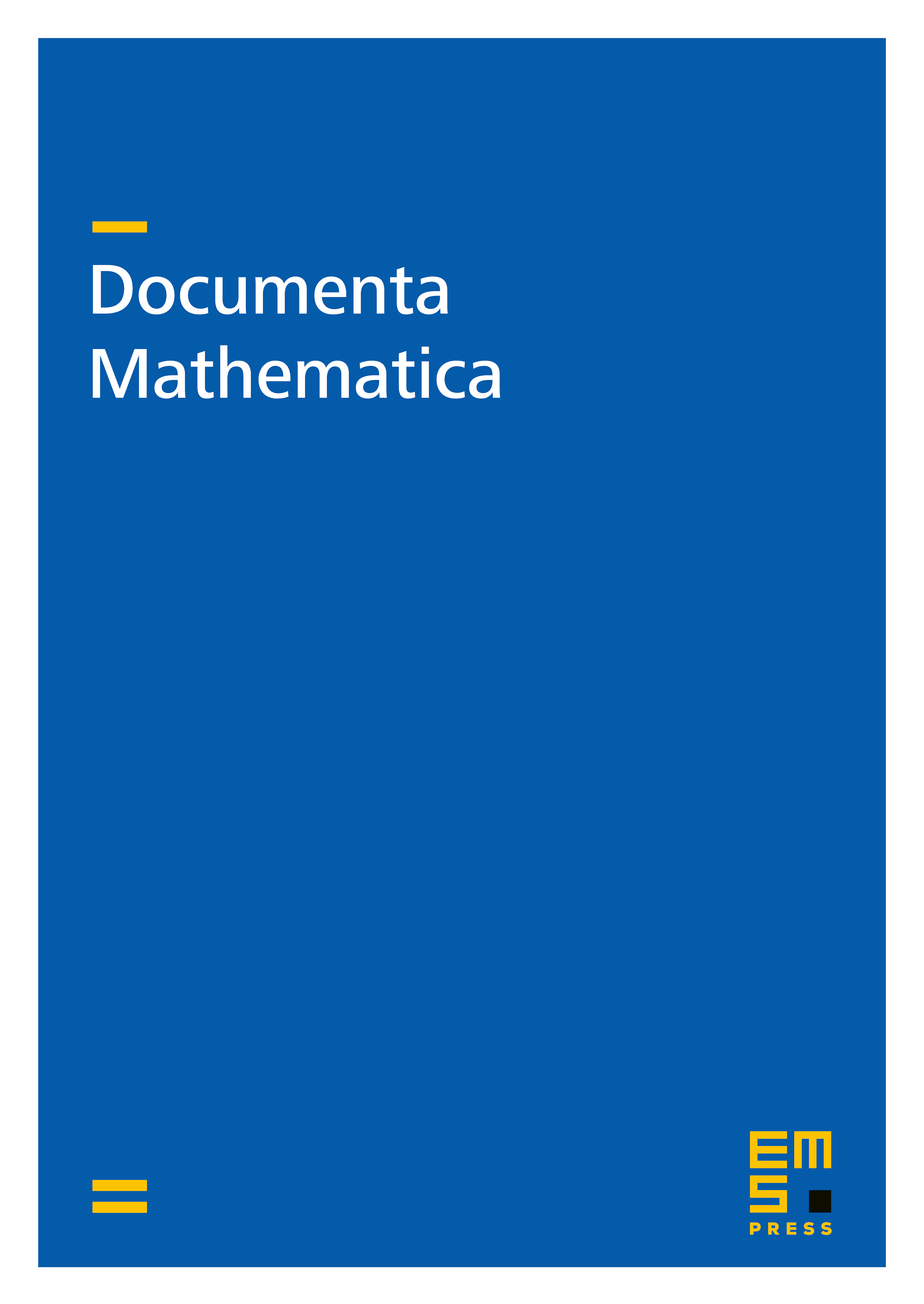On 14-dimensional quadratic forms in , 8-dimensional forms in , and the common value property
Detlef W. Hoffmann
Jean-Pierre Tignol
25030 Besancon Cedex, France

Abstract
Let be a field of characteristic . We define certain properties , of as follows : has property if each quadratic form of dimension is similar to the difference of the pure parts of two 3-fold Pfister forms; has property if each form of dimension 8 whose Clifford invariant can be represented by a biquaternion algebra is isometric to the orthogonal sum of two forms similar to 2-fold Pfister forms; has property if any two 4-dimensional forms over of the same determinant which become isometric over some quadratic extension always have (up to similarity) a common binary subform; has property if for any two binary forms over and for any quadratic extension we have that if the two binary forms represent over a common nonzero element, then they represent over a common nonzero element in . Property has been studied earlier by Leep, Shapiro, Wadsworth and the second author. In particular, fields where does not hold have been known to exist.
Cite this article
Detlef W. Hoffmann, Jean-Pierre Tignol, On 14-dimensional quadratic forms in , 8-dimensional forms in , and the common value property. Doc. Math. 3 (1998), pp. 189–214
DOI 10.4171/DM/40